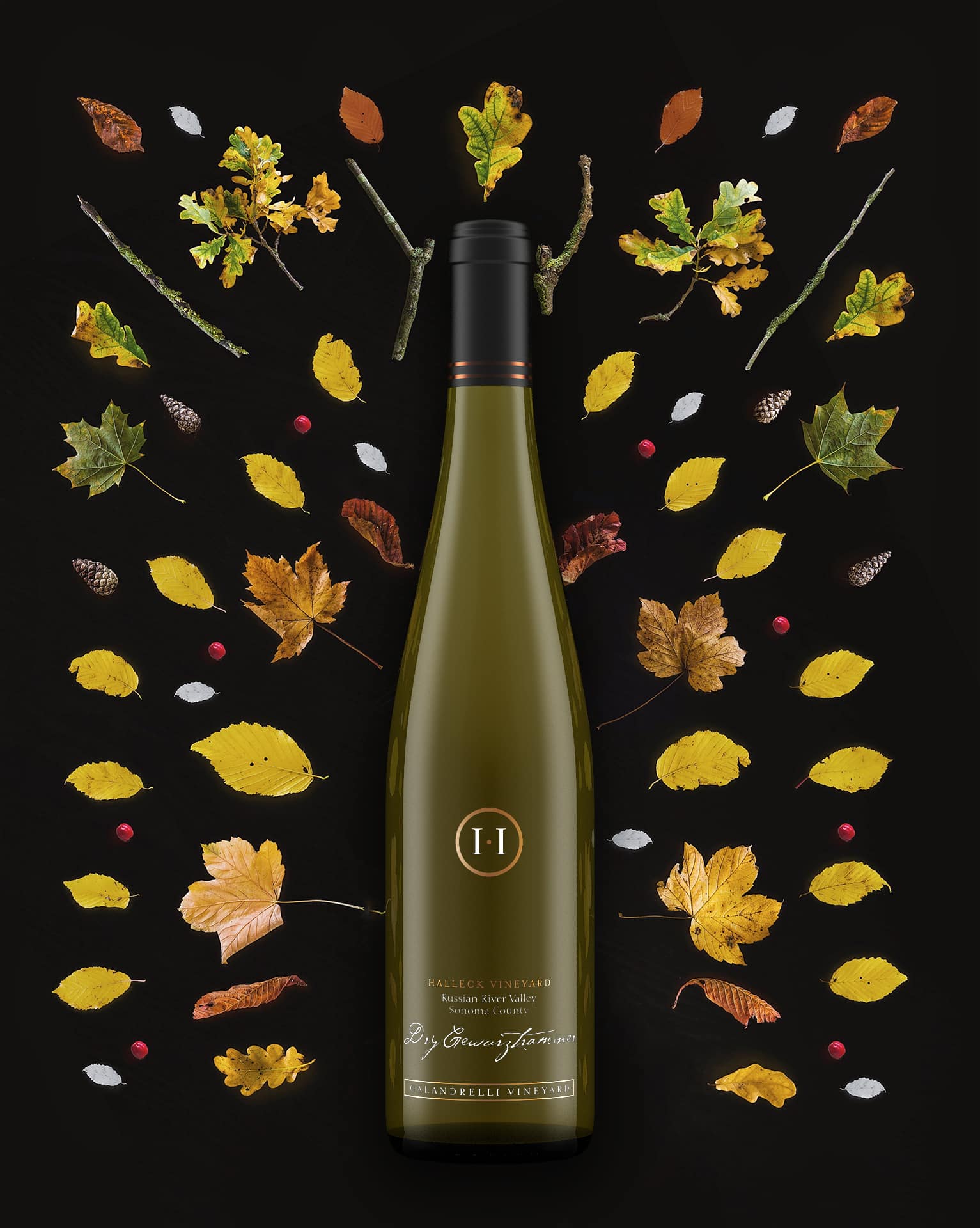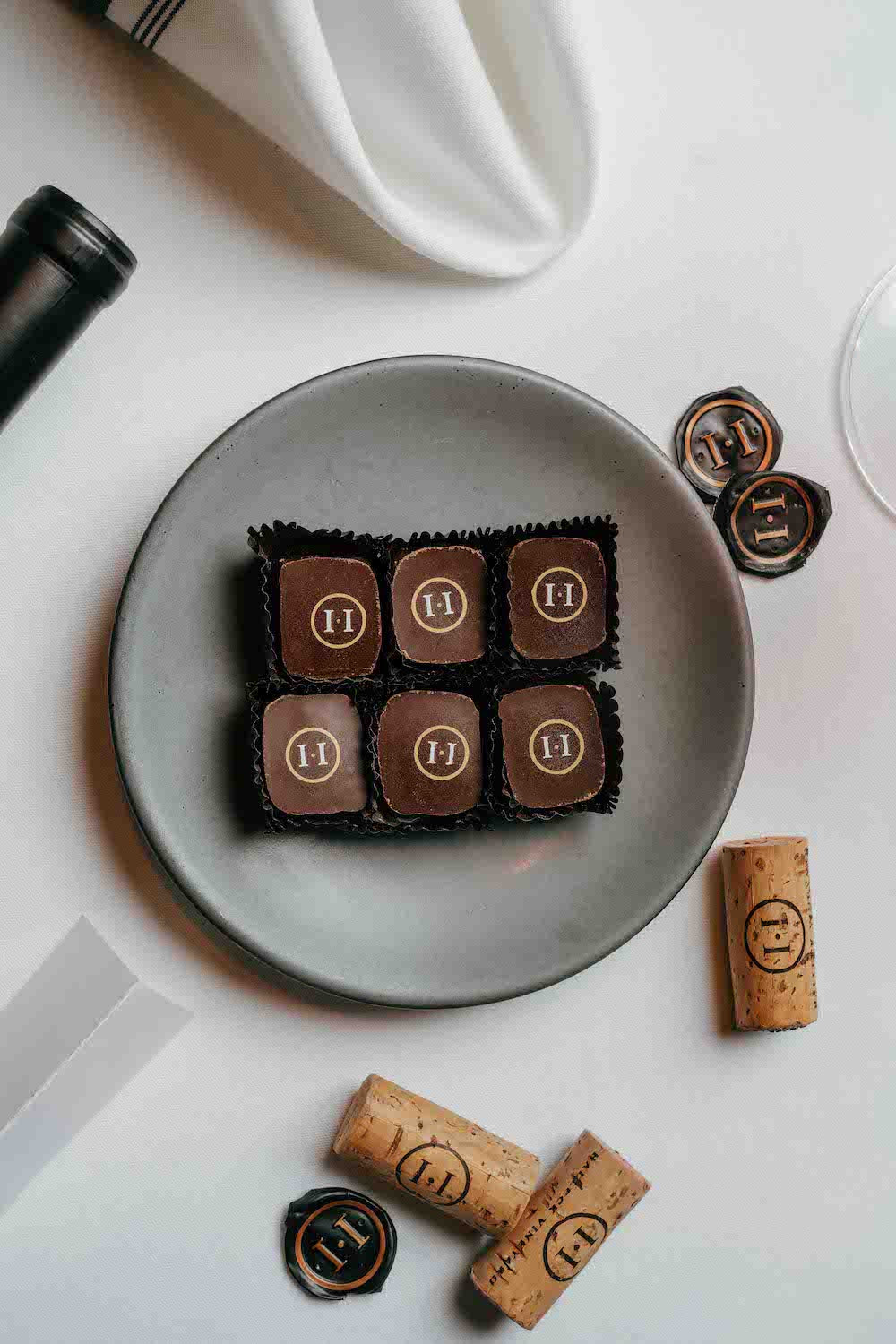Suggestions for Kid-Friendly Wineries in California
Suggestions for Kid-Friendly Wineries in California
Blog Article
Wine Trails in Sonoma County for Your Best Adventure 95472
Understanding the nuanced vocabulary associated with winery wine tasting is crucial for both novices and seasoned connoisseurs alike. Each term brings to life the experience of tasting wine and can improve one’s appreciation of the many intricacies involved. Wine tasting is more than just consuming; it's an art that includes varied senses and emotions.
To begin with, the term "nostril" refers to the aromas one detects when smelling the wine. This is an important step as a outcome of the bouquet sets the stage for the tasting experience. Notes of fruit, spice, earth, and wood might mingle, offering a glimpse of what the palate may affirm. Understanding "nosing" the wine can dramatically elevate one's sensory journey.
Another key facet is the term "physique." The physique of the wine describes its weight and fullness on the palate. A full-bodied wine has a robust presence and tends to linger longer after swallowing. Conversely, light-bodied wines may feel more delicate and refreshing. Recognizing the physique helps tasters assess the wine's structure and steadiness.
Sustainable Wine Tasting Experiences in Sonoma 95433
The idea of "tannins" is important in red wine tasting. Tannins are compounds derived from grape skins, seeds, and stems, contributing to a wine's texture and growing older potential. Excessive tannin wines often end in a dry mouthfeel, whereas decrease tannin ranges yield a smoother experience. This distinction is particularly essential when pairing wines with food, as tannins can both complement or conflict with certain dishes.
In addition to tannins, "acidity" plays a big position within the wine tasting experience. Acidity gives wine its crispness and liveliness - Best Wine Tasting Locations You Must Visit. Wines with higher acidity are typically refreshing and energizing, making them glorious companions for quite so much of meals. Recognizing acidity can drastically improve one’s food-pairing capabilities and overall tasting enjoyment.
When delving into the flavour profile of a wine, one may encounter the term "end." The end refers to the aftertaste that lingers within the mouth after swallowing. A long end is commonly associated with high-quality wines, as it signifies complexity and depth. A short finish could recommend a simpler wine. Figuring Out how to consider the end can reveal much a few wine's character.
Exploring the "vintage" can be integral to wine tasting terminology. The vintage denotes the 12 months during which the grapes had been harvested. Different years can yield vastly different outcomes because of variations in local weather situations. For occasion, a sizzling summer can produce more concentrated flavors, while a cooler 12 months might yield more delicate, nuanced wines. Understanding vintage permits for a deeper appreciation of a wine’s origin and potential.
Delicious Food and Wine Pairings to Try in Sonoma County
The term "terroir" encompasses the geographical and environmental elements that contribute to a wine's distinctive character. Elements similar to soil type, local weather, elevation, and topography all play a task within the flavor and high quality of the wine. This connection to place helps one perceive why wines from different areas can taste so distinctively totally different, even when created from the identical grape variety (Explore the Scenic Wineries of Sebastopol).

When participating with wines, the phrase "leg" refers again to the droplets that type on the inside of the original source the glass after swirling. These droplets can indicate the wine's alcohol content material and viscosity. While observing the legs won't immediately relate to the wine’s taste, it adds to the general experience and intrigue of wine tasting less transparent.
Exploring Outdoor Vineyard Experiences in Sonoma County
A more specific term that may arise during tastings is "oak." The influence of oak barrels on wine can impart flavors such as vanilla, toast, or spice. The degree of oak growing older can differ extensively among wines, affecting both aroma and taste. Understanding oak remedy offers insights into the winemaker’s decisions and the ensuing complexity of the wine.
In wine tasting, one may additionally hear the term "palate." The palate refers again to the total style experience within the mouth. This encompasses sweetness, bitterness, acidity, and physique. A well-balanced palate is important for a harmonious tasting experience, and recognizing any imbalances helps assess the standard of the wine.
The experience of wine tasting is significantly enriched by understanding the terminology that accompanies it. Each term serves a objective, enhancing the power to convey thoughts and feelings about the wine one's experiencing. This vocabulary bridges communication between tasters, sommeliers, and winemakers alike.

To totally get pleasure from wine tasting, it's essential to engage all senses. The sight of the wine, its shade, and readability can present insight into its age and quality. Swirling the wine releases aromas that heighten the olfactory experience, whereas the precise tasting allows for a complete analysis of the wine's profile.
Enthusiasts Should Not Miss These Amazing Wineries in Sonoma
In conclusion, understanding the detailed explanation of winery wine tasting terminology significantly enhances the experience of tasting. Each term invitations the taster to interact extra deeply with the wine, encouraging connections to the senses, the winemakers, and the lands the place the grapes are grown. This nuanced vocabulary creates a richer, extra fulfilling wine tasting experience.
- Aroma refers to the scents launched by the wine, which might point out its grape selection and affect the tasting experience.
- Tannins are pure compounds present in grape skins, seeds, and stems, contributing to the wine's construction and getting older potential.
- A end, or aftertaste, is the lingering flavor sensation that is still on the palate after swallowing, typically a key indicator of quality.
- Body describes the burden and fullness of wine within the mouth, generally categorized as light, medium, or full-bodied.
- Terroir denotes the distinctive environmental traits of a vineyard that affect the style and high quality of the wine, together with soil kind and local weather.
- Acidity is a crucial element that contributes to a wine's freshness and stability, impacting its growing older capability and overall flavor profile.
- Vintage signifies the 12 months grapes had been harvested and performs a big role in determining the wine's traits, reflecting particular weather conditions.
- Decanting entails pouring wine from its bottle into one other vessel, permitting it to aerate and enhancing its flavors and aromas.
- A corked wine could also be tainted by a faulty cork, resulting in musty or off-putting flavors that detract from the wine's supposed profile.
- The term “legs” refers again to the droplets that cling to the within of a glass after swirling, typically associated with the wine's alcohol content and viscosity.undefinedWhat is the that means of "nostril" in wine tasting?undefinedThe "nose" refers to the aroma profile of the wine, which is detected by way of the sense of odor. It's a vital facet of wine tasting, as aromas can reveal lots about the grape selection, winemaking course of, and aging.
How ought to I correctly taste wine?undefinedTo taste wine successfully, comply with these steps: observe the color, swirl the wine to aerate it, take a delicate sniff to capture the aromas, sip and let it coat your palate, and finally, note the end. This approach helps in appreciating the wine’s complexity.
What are "tannins" and how do they affect wine?undefinedTannins are pure compounds present in grape skins, seeds, and stems that contribute to a wine's structure and astringency. They can create a drying sensation in the mouth, they usually additionally play a task within the wine's getting older potential.
Experience Organic Wine Choices at Renowned Wineries in California 95472

What does the term "stability" mean in wine tasting?undefinedStability refers back to the concord between the different elements of a wine, such as acidity, sweetness, alcohol, tannin, and flavor depth. A well-balanced wine will have every of those parts supporting each other rather than he said overpowering the others.
What is the importance of "terroir" in wine tasting?undefinedTerroir encompasses the environmental factors—such as soil, climate, and geography—that affect the characteristics of the wine produced in a specific area. Understanding terroir helps tasters appreciate the distinctive qualities that totally different areas impart to their wines.
What does "vintage" mean and why is it important?undefined"Vintage" signifies the 12 months when the grapes were harvested. It is essential as a result of it impacts the wine’s high quality and characteristics, as weather situations during the growing season can considerably affect flavor profiles and aromatics.
What are "legs" and what do they signify?undefined"Legs" refer to the droplets that type and run down the within of a glass after swirling wine. Whereas they can indicate alcohol content material and viscosity, they don't decide quality—this is more about personal perception of richness.
Wine Tasting Etiquette for Enthusiasts
What does "full-bodied" imply versus "light-bodied"?undefined"Full-bodied" wines are rich, dense, and infrequently have greater alcohol content material and sophisticated flavor profiles, whereas "light-bodied" wines are more delicate and refreshing with a decrease alcohol content. This distinction helps tasters perceive the expected weight and mouthfeel of the wine.
How can I establish fruit flavors in wine?undefinedTo determine fruit flavors, consider the aroma and taste profiles. Swirl the wine, inhale deeply to seize the bouquet, and concentrate on particular characteristics. Familiarity with typical fruit profiles of assorted grape varieties can enhance this identification course of.
What is "finish" in wine tasting?undefinedThe "end" refers back to the aftertaste that lingers in the mouth after swallowing. A lengthy, complex end is often an indication of high quality in a wine, as it displays the depth of flavor and overall craftsmanship in the winemaking course of. Report this page